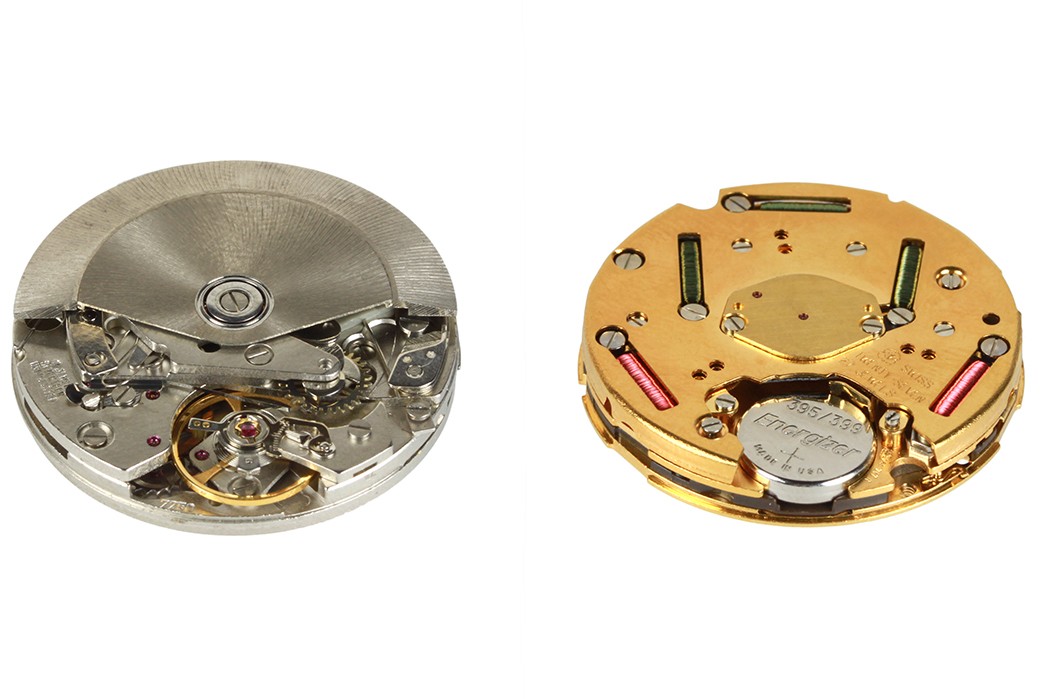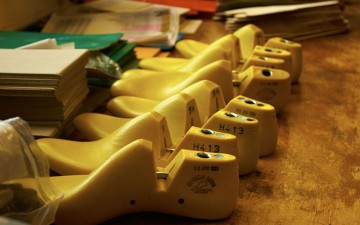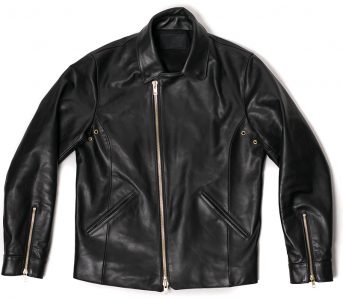In modern society, time is most certainly of the essence. And while many of us are in the habit of glancing at our smartphones to check the time, nothing beats a good wristwatch. As well as being accurate timekeeping devices, a good quality watch can last for decades, earning heirloom status as it’s passed down through the generations.
But what keeps our timepieces ticking? The fascinating technology and micro-engineering that goes into a watch are often overlooked, but today we’re breaking down the two types of analog watch movements, Quartz, and Mechanical.
How Do Quartz Watches Work?
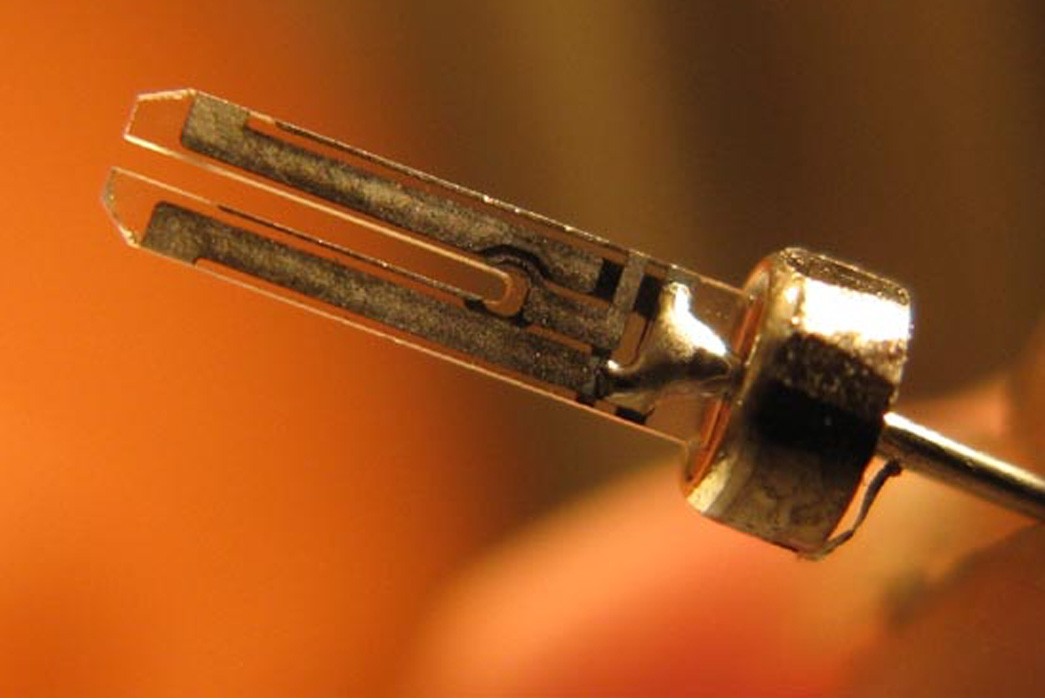
The oscillating “guts” of a quartz watch. Image via SHM.
Quartz watches get their name from the tiny quartz crystal in their timekeeping mechanism. A battery acts as the power source for Quartz watches, as it sends an electrical current through the quartz crystal, which causes it to vibrate at an extremely high frequency. To be precise, the quartz vibrates at exactly 32,768 times per second. The vibrations are then processed by a circuit board, which regulates them at one electric pulse per second. These pulses are then used to drive a small motor, which turns the gears in the mechanism to rotate the hands of the watch face.
Although this process sounds complicated, it uses very little electricity so the battery can last anywhere from three years to a decade before it needs replacing.
How Do Mechanical Watches Work?
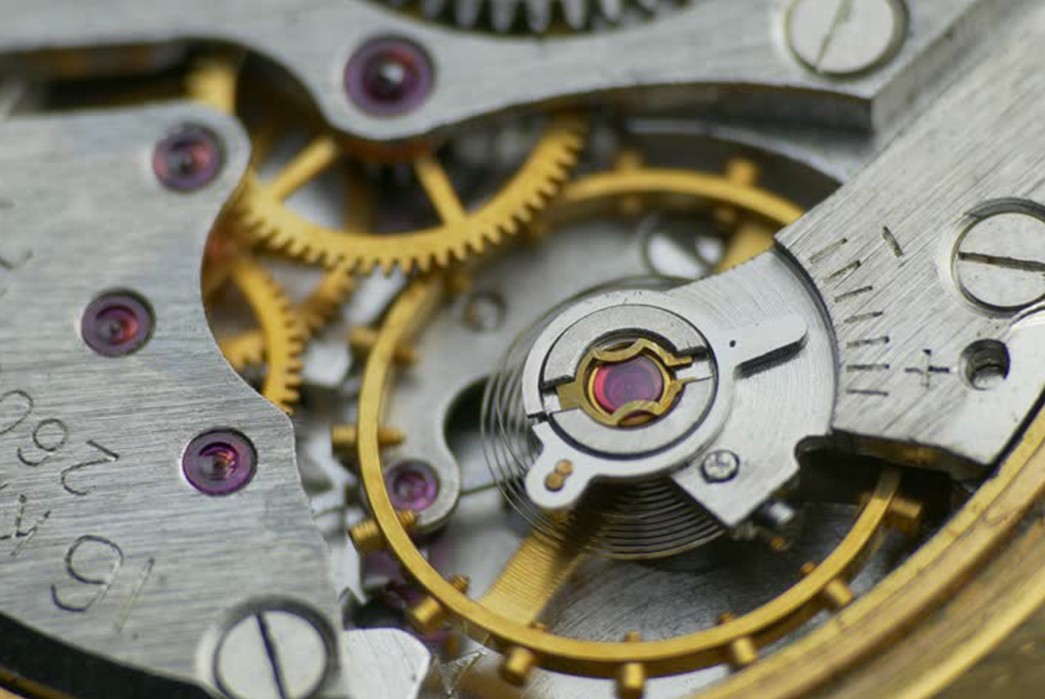
The mainspring of a mechanical watch. Image via Shutterstock.
Mechanical watches represent a much higher level of craftsmanship, containing a complex mechanism of gears and springs, all working in harmony to turn the hands of the watch face. This mechanical movement is driven by a small spring that’s tightly wound by either manual or automatic winding.
Manual Winding Mechanical Watches
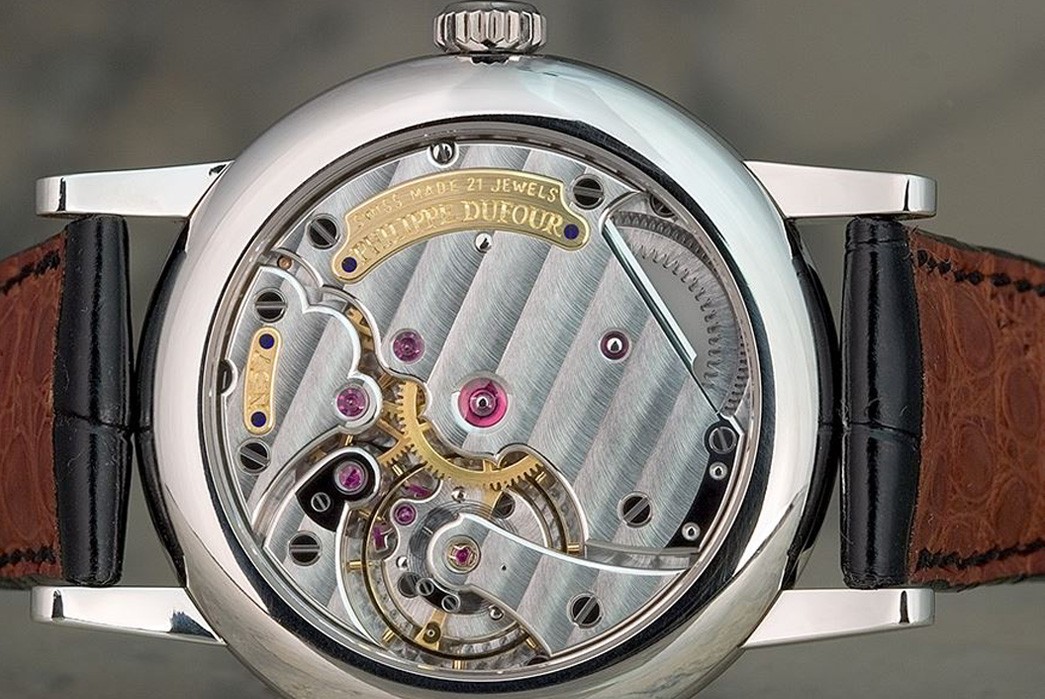
Manual wind Philippe Dufour watch. Image via TZ-UK.
Manual movements require the wearer to manually wind the mainspring by turning the crown of the watch a number of times. Once wound, the spring slowly unwinds and distributes kinetic energy to power the series of gears and other springs in the mechanism.
These gears are engineered to regulate the energy release and power the watch hands along with any other features the watch may have like a date display (these are often referred to as complications). Energy retention varies from watch to watch, so winding intervals vary accordingly.
Automatic Winding Mechanical Watches
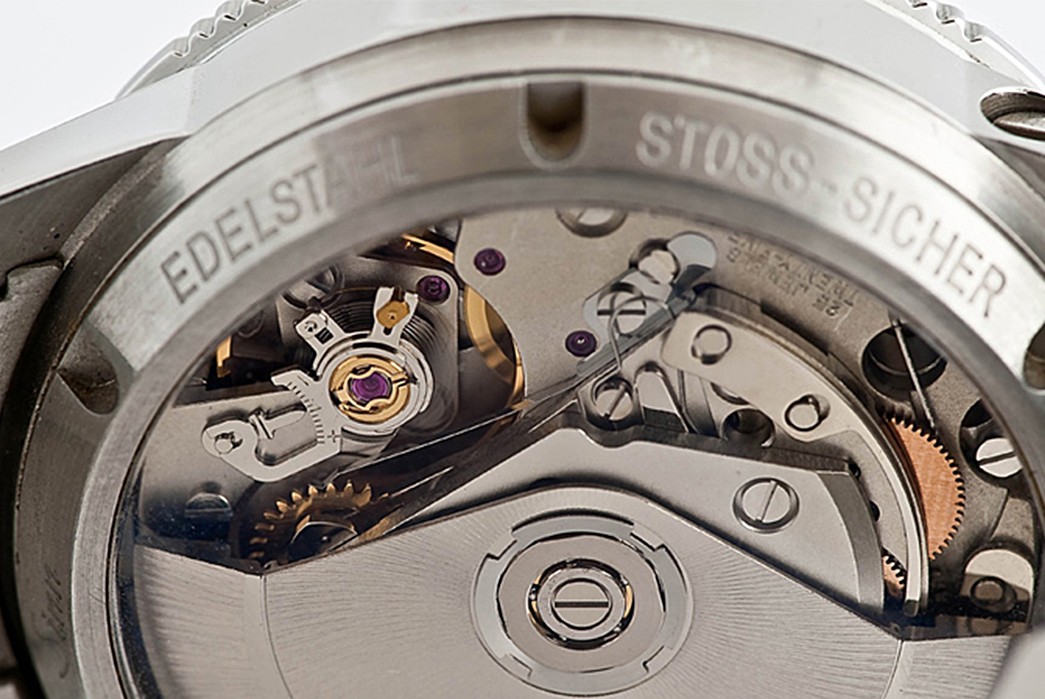
Automatic mechanical watches–also known as kinetic or self-winding–are wound by the natural swinging motion of the wearer’s wrist whilst walking. This means that automatic mechanical watches are constantly winding and storing energy.
The mechanism is principally the same as a manually wound watch, with the addition of a rotor. The rotor is a small metal weight which spins as the wrist moves, this energy is then used to automatically wind the mainspring. Automatic watches can, however, require some manual winding from time to time, especially if they haven’t been worn in a considerable amount of time.
How to Identify Quartz & Mechanical Watches
Quartz and mechanical watches can be differentiated fairly easily when you look a bit closer. The most obvious difference is the motion of the hands. On a quartz watch, the second hand has a distinctive tick-tick-tick motion. On the other hand, the second hand of a mechanical watch moves in a smooth sweeping motion, usually eight ticks per second.

Mechanical hand motion (left) vs. quartz hand motion (right). Image via Wixon Jewelers.
Mechanical watches often have a larger body as their mechanisms require more gears and springs, while a quartz watch can be large, or slim to the point of only a few millimeters thick.
The Pros & Cons
The Benefits of Quartz Watches

A selection of watches from Swiss brand Swatch. Image via Show and Prove.
Quartz watches make up at least 90% of the watch market. Their popularity is vastly due to their accuracy, ease of use and maintenance, and price-point.
The use of electric current and a small circuit board, teamed with the lack of need to manually wind, means that Quartz watches have the highest level of accuracy which is sustained for most of the batteries life. And as they do not require the same level of craftsmanship as a mechanical watch, they naturally have a much lower average price-point. Of course, there are more luxurious and expensive options out there, but you can get a very decent quartz watch for less than $100.
The Drawbacks of Quartz Watches
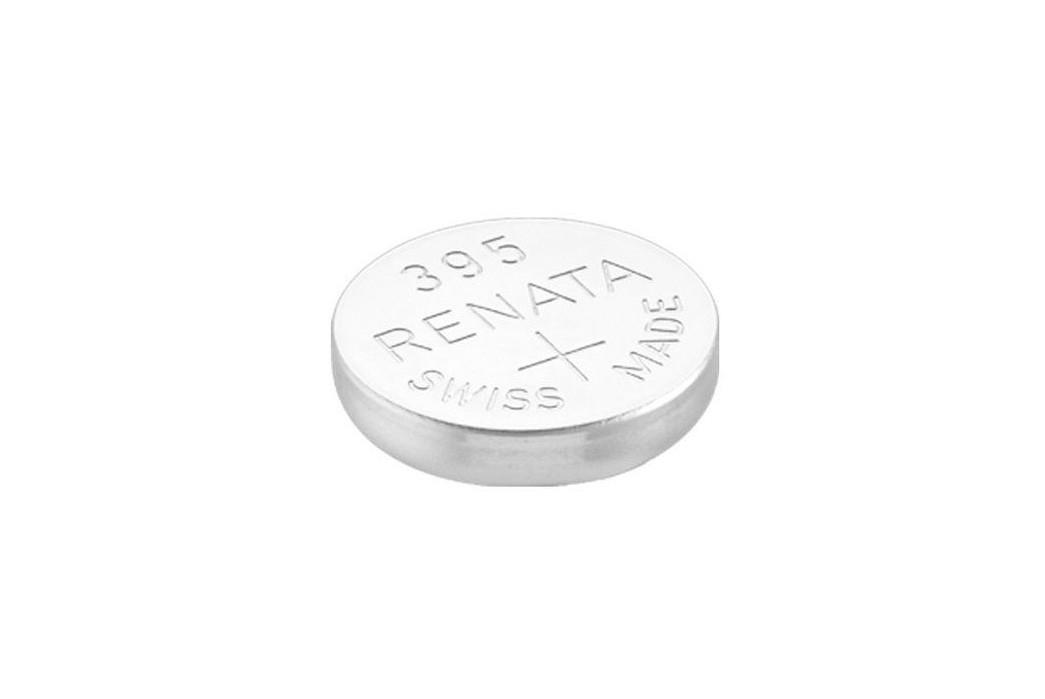
Image via CWC Watch.
While the use of a battery makes quartz watches accurate and accessible, it also means that the battery needs replacing every so often (although some new watches are solar-powered and never need service). Battery life depends on the watch and battery, but it will run out someday, and often the replacement battery often needs to be installed by a watchmaker (especially if your watch is water resistant). Batteries can also break, leaking its acid onto the circuit board and causing irreparable damage.
If you prefer your belongings to have heritage and prestige, Quartz watches also come up short when compared to mechanical watches. Quartz watches are often mass-produced and made of cheaper materials like plastics and lower-grade metals. Most watch enthusiasts and horologists solely collect mechanical watches as they require a higher level of craftsmanship, and have lot more history as their mechanisms have remained fairly similar for hundreds of years.
The Benefits of Mechanical Watches
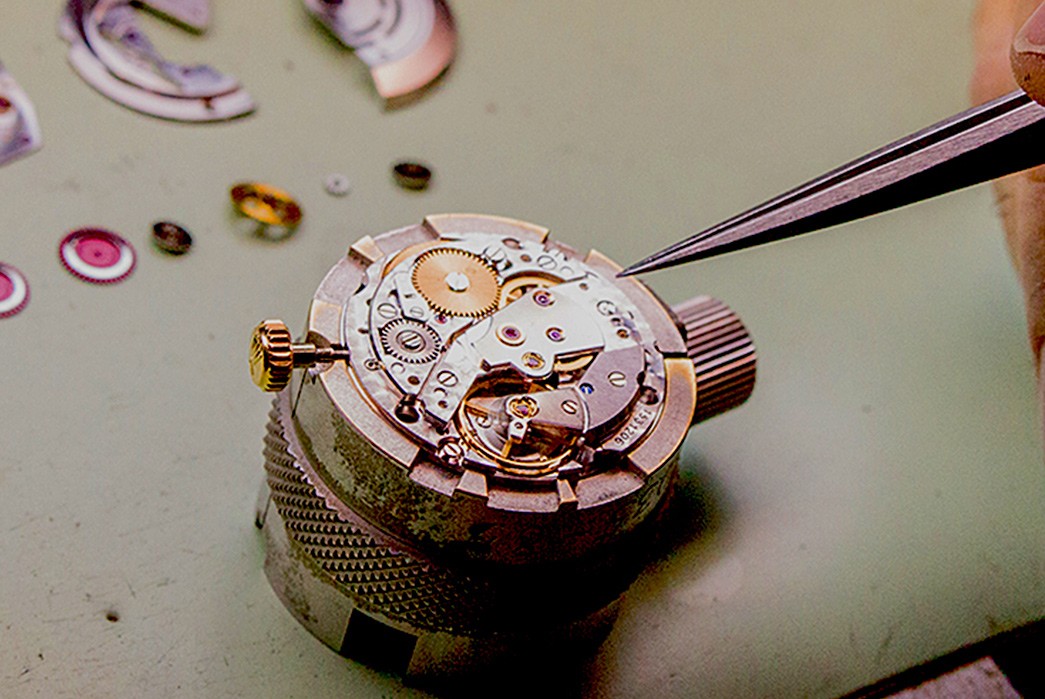
Mechanical watches are crafted by expert watch-makers and have intricate mechanisms which are a real celebration of micro-engineering and watch-making. This makes them much more prestigious and collectible. A decent mechanical watch will hold, or even increase in value over the years, while the value of a quartz watch often deteriorates rapidly.
The Drawbacks of Mechanical Watches
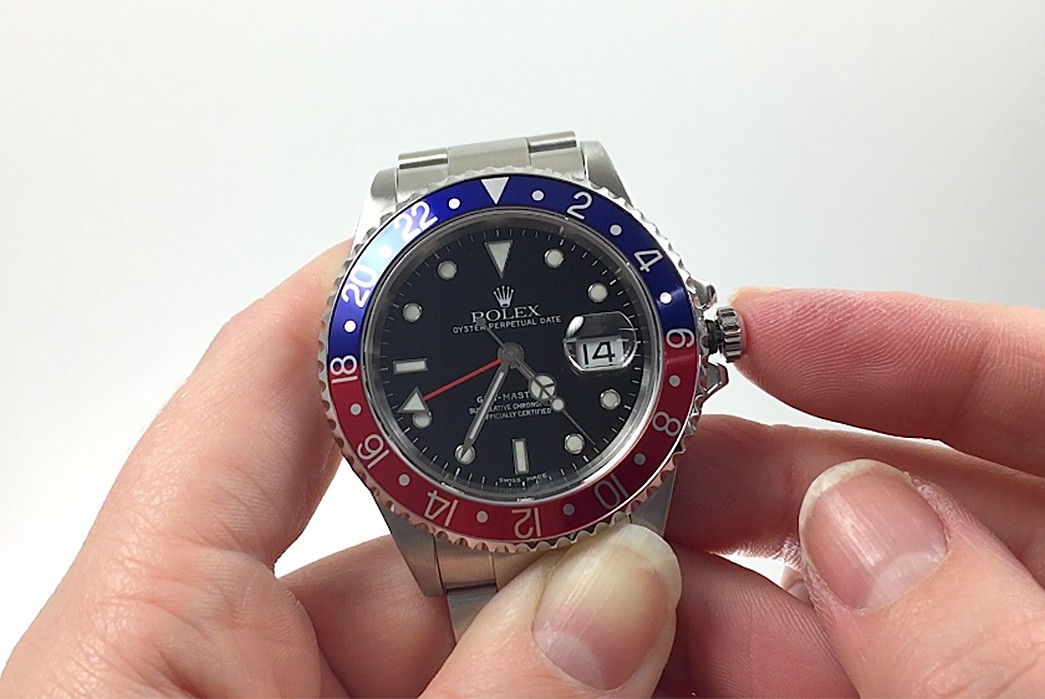
Rolex GMT Master with “Pepsi” dial. Image via Watch Chest.
And while you can drool over the construction of a mechanical watch, the craftsmanship and materials make them far more expensive. A typical mechanical watch will have at least a dozen functional jewels in its movement. These hard jewels are necessary to stand up to the intense friction and wear at stress points over years and years of use. Some timepieces can reach six-figure prices and beyond.
And the expenses aren’t over after the initial cost of entry. Mechanical watches also require servicing and cleaning by a watchmaker every few years. Depending on the make and model, this can take several weeks and cost several hundred dollars.
Even still, the accuracy of a mechanical watch is nowhere near that of a quartz. A mechanical watch is a living, breathing automaton of gears and springs and not nearly as scientifically regulated as buzzing quartz. This, of course, is much of the appeal of mechanical watches but it also means the system gives and sways with temperature and environmental changes more than its crystal counterpart.
The most accurate mechanical watches are “Certified Chronometers” by the Official Swiss Chronometer Testing Institute (COSC) and even those watches are allowed to have up to 10 seconds variation per day, whereas it will take at least a week for even the cheapest quartz watch to gain or lose that much time. This is largely due to winding of the watch – as the energy runs out, the watch slows down and can even stop. Some wearers don’t mind the winding process, but to others, it can be tiresome, especially if your watch has low energy retention and needs winding on a regular basis.
Our Take
If you’re looking for a cheap watch that you can basically set-and-forget, by all means make it a quartz one. It will be more accurate, cost you less, and be less of a hassle than its mechanical counterpart.
But if you’re the kind of person that looks for a little more narrative and meaning in what they own (if you grind your own coffee beans, wash your jeans in the tub, resole your shoes, or read this website with any regularity) then you are likely compelled to go mechanical or bust. The world of mechanical watches is miles deeper than what the battery ops have to offer.
Entry Level Options – Quartz
Timex Camper MK1

About as simple as they come! Inspired by watches worn by the US army, the Timex Camper MK1 is a military-style watch with quartz movement. Coming in at a super reasonable price-point, it features a simple nylon strap, a 36mm resin case, and water resistance to 30 meters.
Available from Timex for $69.
Braun BN0021
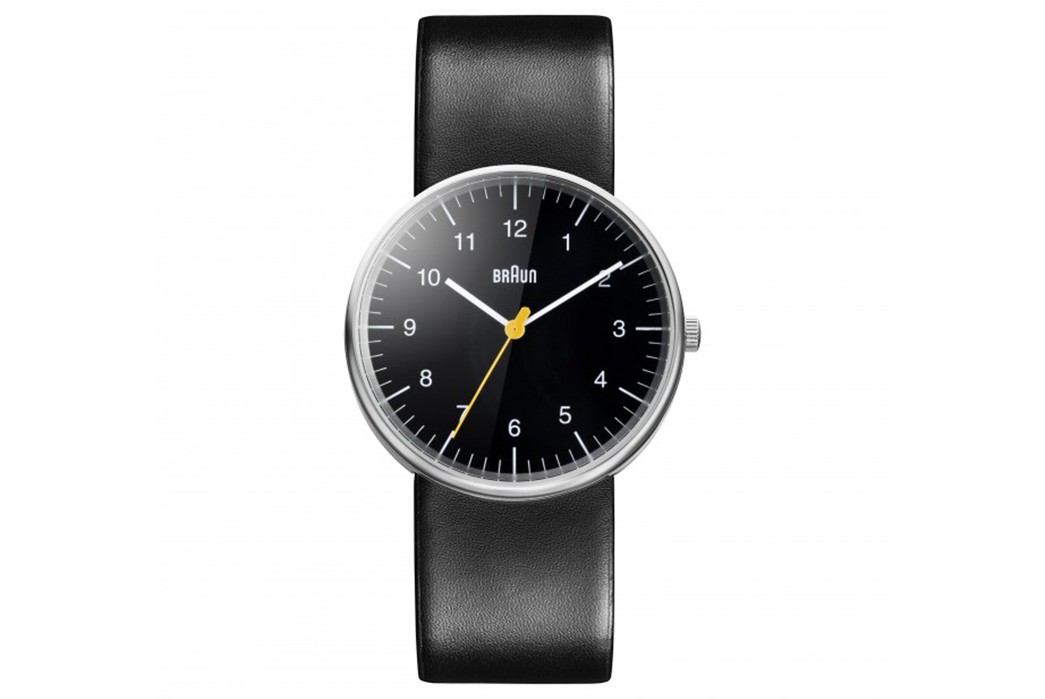
Our second pick for an entry-level quartz watch is from German manufacturer, Braun. With a simple, bold face, and a minimal leather 20mm strap, the Braun BN0021 is smooth, clean, and sleek. It features a matte stainless steel case, with scratch-proof mineral glass covering the face.
Available from Braun for $133
Entry Level Options – Mechanical
Hamilton Watch Officer Handwinding

The Officer Handwinding watch by Hamilton is a simple and classic American timepiece with a manual mechanical movement. It has a single date complication and the crown is generously sized to allow for easier hand-winding. The case is made of stainless steel and is a water resistant to 50 meters.
Available with canvas or leather straps for $388 at Hamilton Watch.
Seiko SNZG15J1

Coming it at a low price point for a mechanical watch, the Made in Japan Seiko 5 SNZG15J1 utilizes the brand’s automatic ‘Seiko Caliber 7S26’ movement with day and date complications. It features a round, stainless steel case with a scratch resistant hardlex face, a black nylon strap, and flaunts a 40-hour power reserve.
Available for $127 from Amazon.
Lead image via Gray and Son.

